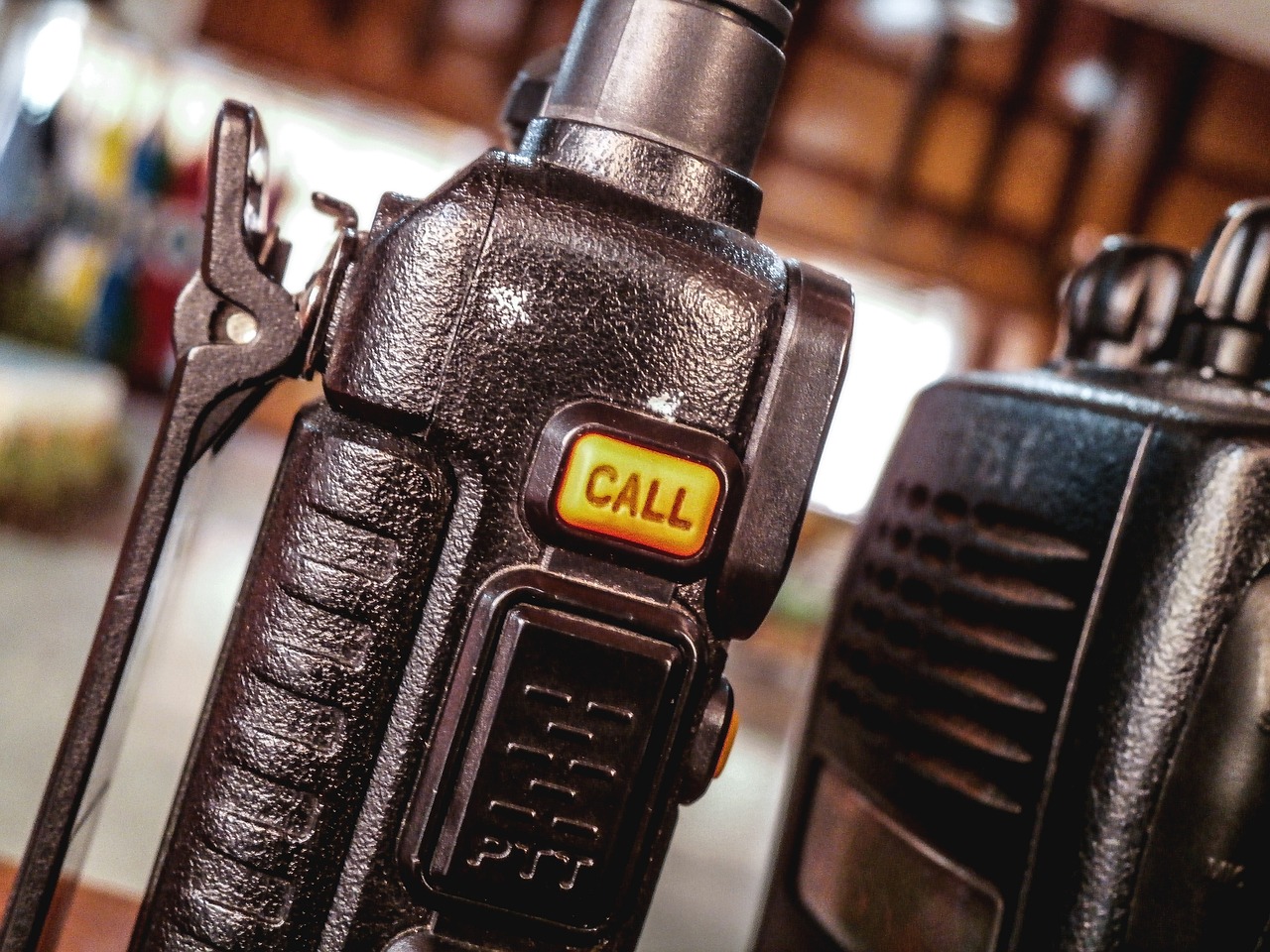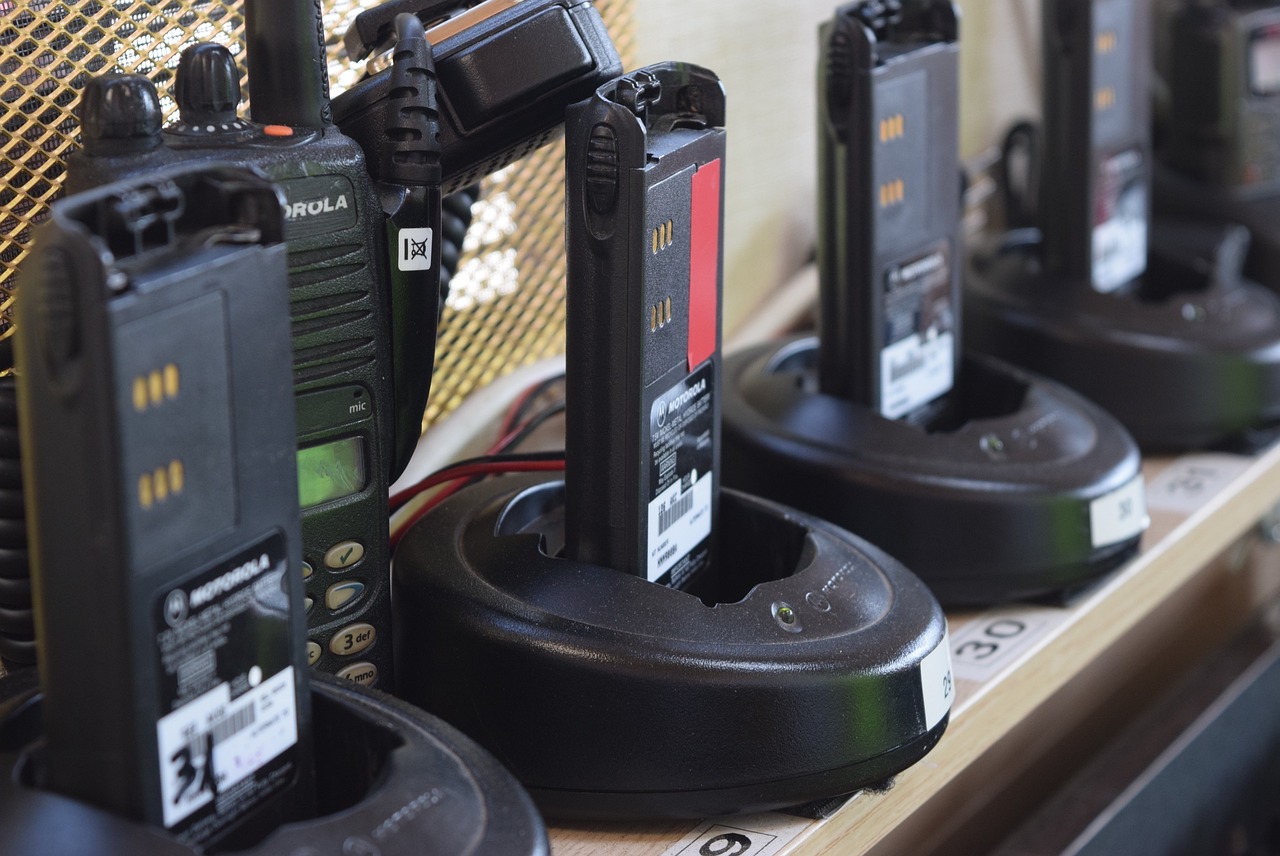Two-way radios offer instant individual or group communication with the press of a button. These devices are more sophisticated than the basic walkie-talkies from your childhood. Today’s commercial two-way radios are technologically advanced pieces of equipment that use channels and zones to organize communications and optimize productivity.
Two-way radio channels and zones are based on different radio frequencies, and the natures of different radio frequencies can be used for different purposes.
Two-Way Radio Frequency Bands
Before we get into two-way radio channels and zones, it’s a good idea to cover radio frequency bands. The word ‘frequency’ refers to the number of waves in a signal that pass a fixed point in one second, as measured in Hertz (Hz). For example, three waves of a signal passing through a fixed point in one second would be measured as 3 Hz.
Two-way radios use frequency ranges with Hertz in the thousands (kilohertz) and millions (megahertz). For example, radios that use the Very High Frequency (VHF) band operate between 138 and 174 megahertz (MHz), while radios in the Ultra-high Frequency (UHF) band use frequencies between 400 and 512 MHz.
Two-Way Radio Transmission Types
Two-way radio frequency bands are designated for specialized applications. This is because different frequencies have different qualities. Radios that transmit using lower frequencies are best suited for long-distance outdoor use because these wavelengths bounce off the atmosphere to bend with the horizon effectively. However, lower-frequency radio transmissions don’t perform well inside cities because they are not effective at penetrating walls and solid objects.
High-frequency transmissions are more effective for indoor and urban use because they are better able to penetrate solid objects. However, the shorter wavelengths make these transmissions less able to travel long distances because they are able to pass through the Earth’s atmosphere and into space.
The best way to understand the difference between shorter and longer wavelength transmissions is to consider the difference between AM and FM radio. If you’ve ever scanned through the AM radio dial, you’ve probably noticed that you’re able to get signals from cities that are many miles away.
This is because the relatively long wavelengths of AM radio signals (0.525 – 1.705 MHz) can travel very far. However, if you’re listening to an AM radio signal in your car and go under a bridge, the signal will cut out until you come out from under the bridge. On the other hand, FM radio signals (88 – 108 MHz) are much more difficult to pick up from faraway cities, but these signals don’t cut out when your car goes under a bridge.
Channels, Groups, and Zones
Two-way radio channels, groups, and zones are used to organize communications on these devices. Channels are specific frequencies that users can tune to in order to communicate. On many two-way radios, users can select a specific frequency for each channel, and there are typically dozens of frequencies from which to choose. The number of channels available on a two-way radio will depend on the make and model. For example, 4-channel radio allows users to assign frequencies to four different channels.
Groups, or talk groups, are collections of people who are all using the same radio system. People within a group will all select the same frequency for each designated channel. For example, people working in a restaurant would all be in the same group. They might assign one frequency to Channel 1 for the valet staff and another frequency to Channel 2 for the maintenance staff. Management would be able to select different channels to communicate with these different groups of staff members.
Two-way radios typically come out of the box with the same default assigned channels. Because of this, it’s a good idea not to use radios with the factory settings. If you do, you increase the chance of other radio systems interfering with your system if the users of those systems also did not change their default channels.
The typical commercial radio has between two and 16 channels. When deciding how many channels you need for your radio system, it’s a good idea to anticipate how many groups or people will be using the system. If you have a small company or only a couple of departments that need radio communication, radios with two channels should be adequate. The two-way radios that you purchase should last for many years, and they should provide a return on your investment.
If you aren’t sure how big your business will be in three to five years, you may want to err on the side of caution and purchase radios with more channels than you currently need. Shipping companies and first responders typically need a lot of different channels, for instance, and that need will grow as the company expands.
Some commercial radios offer 256 channels, and some offer unlimited channels. When working with a high number of channels, it is critical to keep them organized based on different locations and groups of people.
Zones are used to organize channels and groups by collecting them together. For example, a construction site might have one zone for plumbing and another zone for framing. Channels within these zones can then be assigned to different personnel groups, such as management, skilled trade workers, or general laborers. This is a great way to keep communications organized and get the right information to the right people at the right time.
Let Fleet Radio Guide You Through Channels and Zones
At Fleet Radio, we have a wide range of products that offer many different two-way radio channels and zones. The number of channels and zones that your organization needs likely depends on your industry, and our experts have experience serving many different industries.
Our team has provided solutions for transport, manufacturing, construction, and more. We also follow up our sales with superior support and service.
We are happy to help with any kind of issue, whether it’s setting up your channels or simply offering tips for cleaning your two-way radios. Contact us today to take communications in your organization to the next level!













